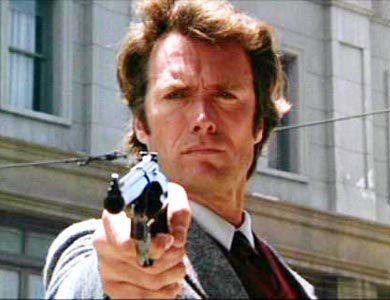
Pather Panchali (1955)
What comes to mind when you first think of India? Let me guess, caste systems, jungles, elephants, and snake charmers. You can argue that these are little more than antiquated stereotypes, but the film Pather Panchali actually has a lot of these in there. Pather Panchali is primarily a series of philosophical and moral questions. The amazing part is that the film answers these questions without any discernable plot, and limited action. All in all, this film is slow, because of the lack of story, but also very engaging, taking a page out of Di Seca’s Bicycle Thieves with real life shots.
The film is about a family of Brahmins who have fallen on hard times. They live in a shack in the middle of the jungle, and appear to be living on the edge of starvation. What’s more, their extended family, who live very close by and are considerably better off, are reluctant to help their family, and at points even seem to despise that part of their family. The family is composed of a father Harihar Ray, mother Sarbajaya, daughter, Durga, son, Apu, and grandmother Indir Thakrun. Harihar is a noble priest, who aspires to more in his life, dreaming of becoming a famous playwright. For the entire movie, he is largely stepped on, as he is too ashamed to ask his boss for his paycheck. The family places most of it’s faith on their son, who they send to school, in the hope that he will someday make a living to support the family. Aside from that, there really isn’t much of a story, it just shows their lives through the years, demonstrating a few key moments.
Despite this, the film is very moving, especially its very tragic end, which in some ways mirrors the ending of Citizen Kane, and which I don’t want to ruin for those who haven’t seen it. The performances of the actors and actresses are very good. The mother, played by Karuna Banerjee is especially good, and I also liked the grandmother, played by Chunibala Devi. The children also give tremendous performances. The most important part of this film, however, are the themes. Among the most important include the importance and role of family, the nobility, but also cruelty of poverty, the moral justification of theft, and modernization in a very traditional community. The film provides very poignant answers to these, and it really is one of those films in which, upon its completion, you find yourself sitting down and having extended discussions about. The film features many very powerful shots. My personal favorites included the scene where Durga goes to wake her brother. She pries open his eyes, and you see them suddenly shoot forward. Another great shot is when Durga and Apu discover the electrical tower. The final shot was the one where the grandmother asks Sarbajaya for assistance, and she refuses, leading to a long scene in which the frail, hunched over grandmother hobbles over, it’s a powerful scene that brought me to tears the first time I saw it.
This movie is on the list for a number of reasons. Firstly, it features the great Indian director Satyajit Ray. Another notable “star” of this film is a very young Ravi Shankar (perhaps you’ve heard of him?), who provided the incredible music of this film. Honestly, I loved the music from this film, and could probably write several pages just on how incredible the music itself was. Ray seems to be well aware of how good the music was, featuring many scenes with no dialogue, just the actors and the music. Finally, and perhaps most importantly, this film is on the list for what it accomplished. This film was done on a budget that was absolutely miniscule, 3,000 USD by wikipedia’s standards. Despite this, the film is a masterpiece, and I really think this is what makes the film so great. It tells aspiring filmmakers that you don’t need a big budget, you don’t need the best editing equipment, the greatest of A-list actors, nor Hollywood sets to make a great film, great films come from dedication, vision, and passion, not from money, a tip I think today’s filmmakers should definitely take to heart.





